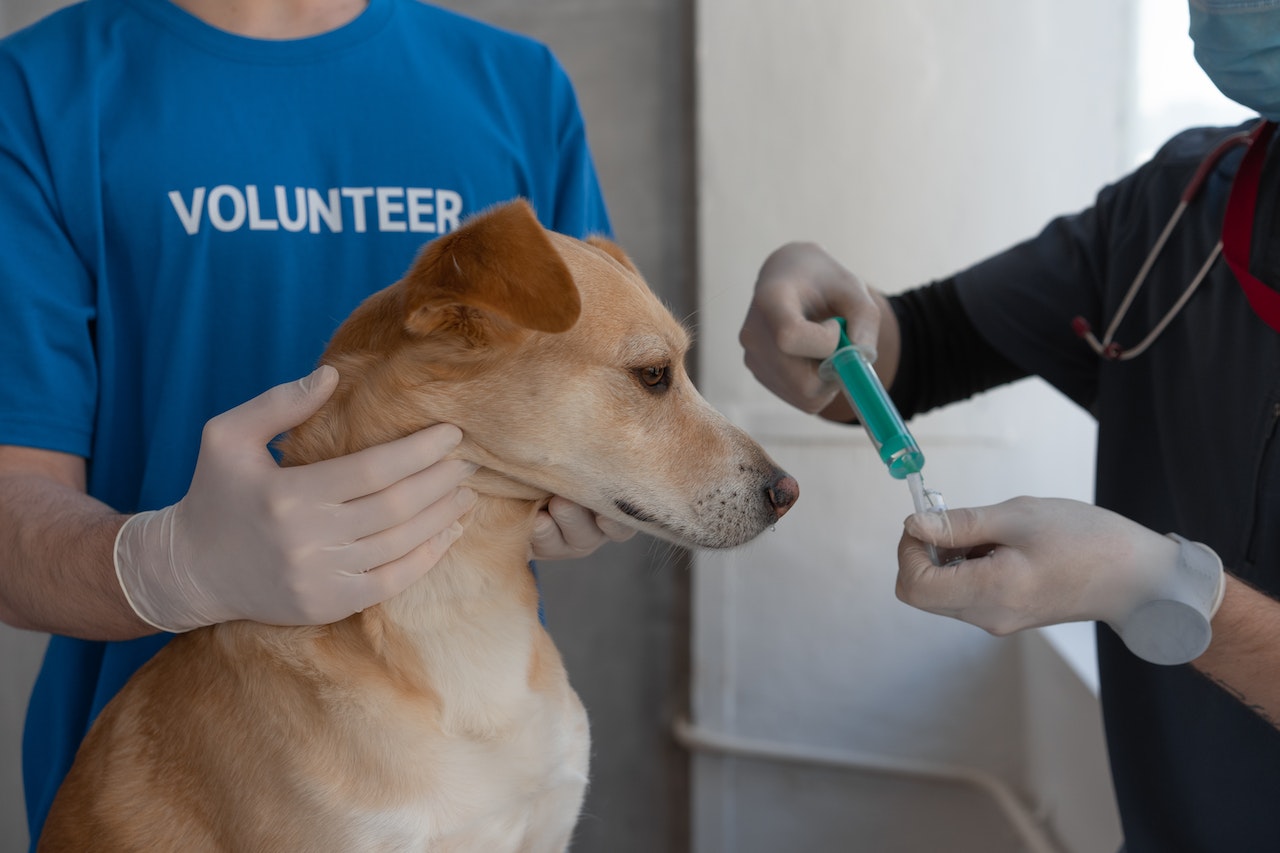
Crackers are a common type of snack food that a lot of people really like eating. However, many people who own pets are left wondering whether or not crackers can be safely consumed by their canine companions. In this piece, we will investigate whether or not dogs can consume crackers, as well as the factors that you need to take into consideration before giving crackers to your dog.
What are crackers?
Crackers are a sort of baked snack food that are formed from a mixture of flour, water, and seasonings. They are typically served as an appetiser. Because of their characteristic thinness, crispiness, and ability to break easily when bit, they are commonly referred to as "crackers." Crackers are most commonly consumed on their own as a type of snack or as the foundation for various kinds of dips and spreads. They are available in a wide variety of flavours and can be either sweet or savoury. There are many different kinds of crackers, but some of the most prominent ones are saltine crackers, graham crackers, cheese crackers, and crackers made from whole grains. People enjoy crackers as a snack meal, and you can find them in a broad variety of locations, including grocery stores and supermarkets.
Can dogs eat crackers?
Crackers are safe for dogs to consume in moderation as long as they are free of any potentially poisonous substances. However, crackers should not be used as a replacement for a diet that is balanced and complete for a dog because they do not include all of the necessary nutrients. It is essential to keep an eye on portion sizes, go for the crackers with the lowest amount of sodium possible, and keep an eye on your dog when he is eating crackers.

Benefits of feeding crackers to dogs
Feeding dogs crackers is not going to provide them with any significant nutritional benefits. In moderation, though, plain crackers can be given to a dog as a reward or as a treat during training. Because they are simple to digest and low in fat, crackers are another alternative that is suitable for dogs that have stomachs that are prone to upset. However, it is essential to bear in mind that crackers should not be used as a substitute for a diet that is balanced and full, and that dogs should only be allowed a small amount of crackers every now and then.
Risk associated with feeding crackers to dogs
There are a few risks associated with feeding crackers to dogs, including:
- High Sodium Content: Many crackers contain high levels of sodium, which can be harmful to dogs and lead to health problems such as dehydration, electrolyte imbalances, and high blood pressure.
- Choking Hazard: Crackers can break into small pieces, which can pose a choking hazard to dogs. It is important to supervise dogs while they are eating crackers and to break them into smaller pieces if necessary.
- Weight Gain: Crackers are often high in calories, which can contribute to weight gain in dogs if fed in excess.
- Nutritional Imbalance: Crackers are not nutritionally complete for dogs and should not be used as a substitute for a balanced and complete diet.
It is important to keep these risks in mind when feeding crackers to dogs and to only do so in moderation. Additionally, it is recommended to consult with a veterinarian before making any dietary changes for your dog.
Other consideration associated with feeding crackers to dogs
Here are a few other considerations associated with feeding crackers to dogs:
Flavorings and Additives
Some crackers contain flavorings and additives that can be harmful to dogs. For example, crackers flavored with onions or garlic can be toxic to dogs and should be avoided. Additionally, crackers with xylitol, a sugar substitute, can be highly toxic to dogs and should never be fed to them.
Allergies
Some dogs may have an allergy or sensitivity to certain ingredients in crackers. If your dog has a history of food allergies, it is important to check the ingredients in the crackers before feeding them.
Portion Control: Crackers are often high in calories, so it is important to monitor portion sizes and not overfeed them to your dog.

Alternative Treats
There are many healthier and more nutritionally complete treats available for dogs that are better options than crackers. It is important to consider these alternatives and to choose treats that are appropriate for your dog's age, breed, and size.
Crackers can, in theory, be given to dogs in moderation so long as they do not include any potentially dangerous substances and are given in the appropriate amount. Before making any adjustments to your dog's diet, however, you should first think about the potential hazards and discuss the matter with your dog's veterinarian.
Concluding words
In conclusion, crackers can be given to dogs in moderation as a treat or training reward. However, it is important to keep in mind that crackers are not nutritionally complete for dogs and should not be used as a substitute for a balanced and complete diet. There are also potential risks associated with feeding crackers to dogs, including high sodium content, choking hazards, weight gain, and nutritional imbalances. Additionally, some crackers contain flavorings and additives that can be harmful to dogs, and it is important to check the ingredients before feeding them. To ensure the safety and well-being of your dog, it is recommended to consult with a veterinarian before making any dietary changes.



